Growth in Chemical Manufacturing
The Isobutene Market is benefiting from the growth in chemical manufacturing, which is increasingly reliant on isobutene as a key raw material. The chemical sector is projected to expand at a rate of around 4% annually, driven by the rising demand for specialty chemicals and intermediates. Isobutene Market is utilized in the production of various chemicals, including butyl rubber and isooctane, which are essential for numerous applications. This growth in chemical manufacturing is expected to bolster the demand for isobutene, as manufacturers seek to optimize their supply chains and enhance production efficiency. Consequently, the isobutene market is likely to experience sustained growth in the coming years.
Increasing Use in Fuel Additives
The Isobutene Market is witnessing a surge in the use of isobutene as a fuel additive, which enhances the performance and efficiency of gasoline. The incorporation of isobutene in fuel formulations is becoming more prevalent, as it helps improve octane ratings and reduce engine knocking. In 2025, the fuel additives market is expected to reach approximately 30 billion USD, with isobutene contributing significantly to this growth. This trend is driven by consumer preferences for high-performance fuels and the automotive industry's focus on improving fuel efficiency. As a result, the demand for isobutene in fuel additives is likely to continue its upward trajectory, positively impacting the overall isobutene market.
Innovations in Polymer Production
Innovations in polymer production are reshaping the Isobutene Market, as manufacturers increasingly adopt advanced techniques to enhance product quality and reduce costs. Isobutene Market is a critical monomer in the production of high-performance polymers, which are in demand across various sectors, including automotive and packaging. The market for polymers is projected to grow significantly, with estimates suggesting a value of over 600 billion USD by 2025. This growth is likely to drive the demand for isobutene, as companies seek to leverage its properties to create more efficient and sustainable polymer solutions. Consequently, the isobutene market is poised for expansion as these innovations take hold.
Rising Demand for Synthetic Fuels
The Isobutene Market is experiencing a notable increase in demand for synthetic fuels, driven by the global shift towards cleaner energy sources. Synthetic fuels, which utilize isobutene as a key component, are gaining traction due to their potential to reduce greenhouse gas emissions. In 2025, the market for synthetic fuels is projected to reach approximately 10 billion USD, with isobutene playing a crucial role in this growth. This trend is further supported by advancements in catalytic processes that enhance the efficiency of isobutene conversion into high-quality fuels. As countries implement stricter emissions regulations, the reliance on isobutene-derived synthetic fuels is likely to expand, thereby bolstering the overall isobutene market.
Expansion of Petrochemical Industry
The Isobutene Market is significantly influenced by the expansion of the petrochemical sector, which is witnessing robust growth due to increasing industrial activities. The demand for isobutene, a vital feedstock in the production of various petrochemicals, is expected to rise as manufacturers seek to optimize their production processes. In 2025, the petrochemical industry is anticipated to grow at a compound annual growth rate of around 5%, which could lead to a corresponding increase in isobutene consumption. This growth is driven by the rising need for plastics, rubber, and other derivatives that utilize isobutene, thereby enhancing the market dynamics of the isobutene industry.


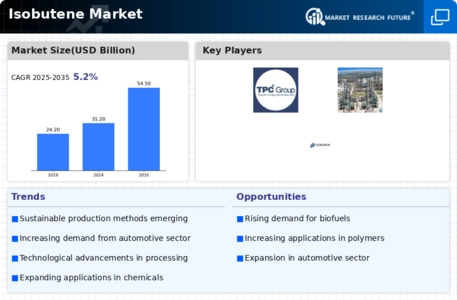
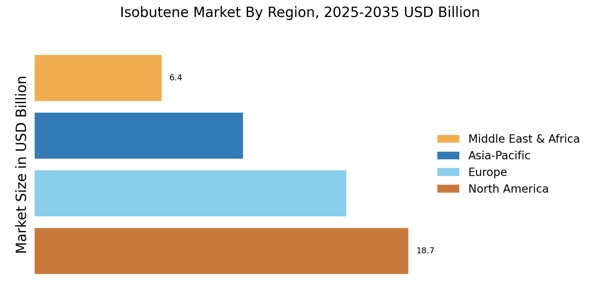

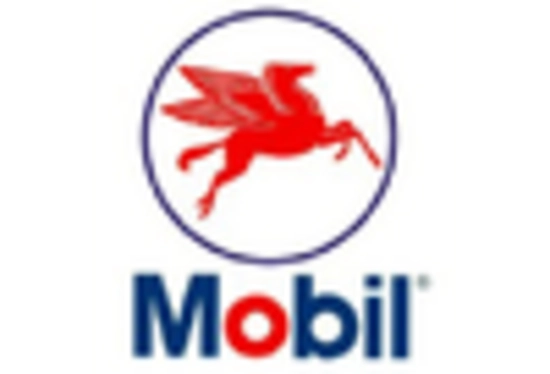
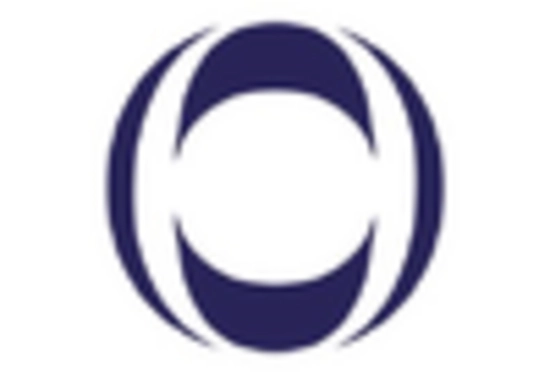
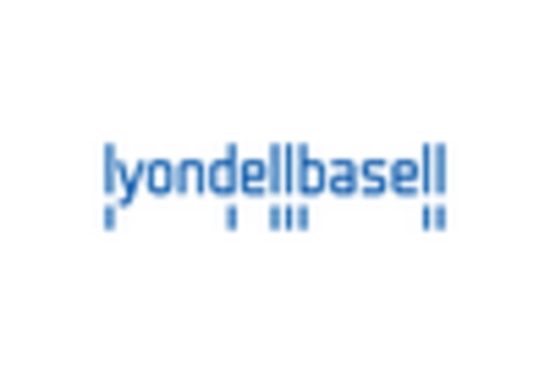










Leave a Comment